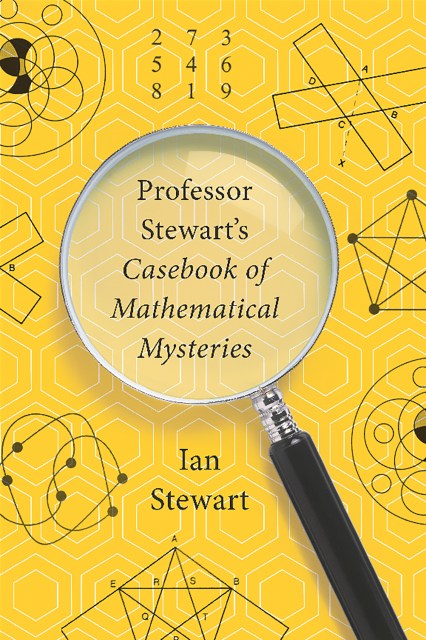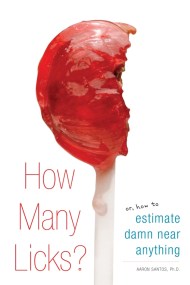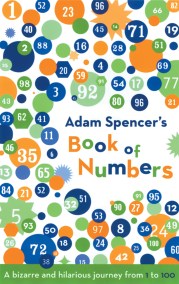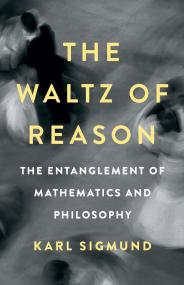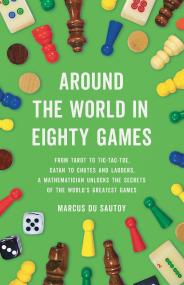Promotion
Use code MOM24 for 20% off site wide + free shipping over $45
Professor Stewart's Casebook of Mathematical Mysteries
Contributors
By Ian Stewart
Formats and Prices
Price
$16.99Price
$19.99 CADFormat
Format:
- Trade Paperback $16.99 $19.99 CAD
- ebook (Digital original) $9.99 $12.99 CAD
This item is a preorder. Your payment method will be charged immediately, and the product is expected to ship on or around October 7, 2014. This date is subject to change due to shipping delays beyond our control.
Also available from:
In Professor Stewart’s Casebook of Mathematical Mysteries, acclaimed mathematician Ian Stewart presents an enticing collection of mathematical curios and conundrums. With a new puzzle on each page, this compendium of brainteasers will both teach and delight.
Guided by stalwart detective Hemlock Soames and his sidekick, Dr. John Watsup, readers will delve into almost two hundred mathematical problems, puzzles, and facts. Tackling subjects from mathematical dates (such as Pi Day), what we don’t know about primes, and why the Earth is round, this clever, mind-expanding book demonstrates the power and fun inherent in mathematics.
Genre:
- On Sale
- Oct 7, 2014
- Page Count
- 320 pages
- Publisher
- Basic Books
- ISBN-13
- 9780465054978
Newsletter Signup
By clicking ‘Sign Up,’ I acknowledge that I have read and agree to Hachette Book Group’s Privacy Policy and Terms of Use
